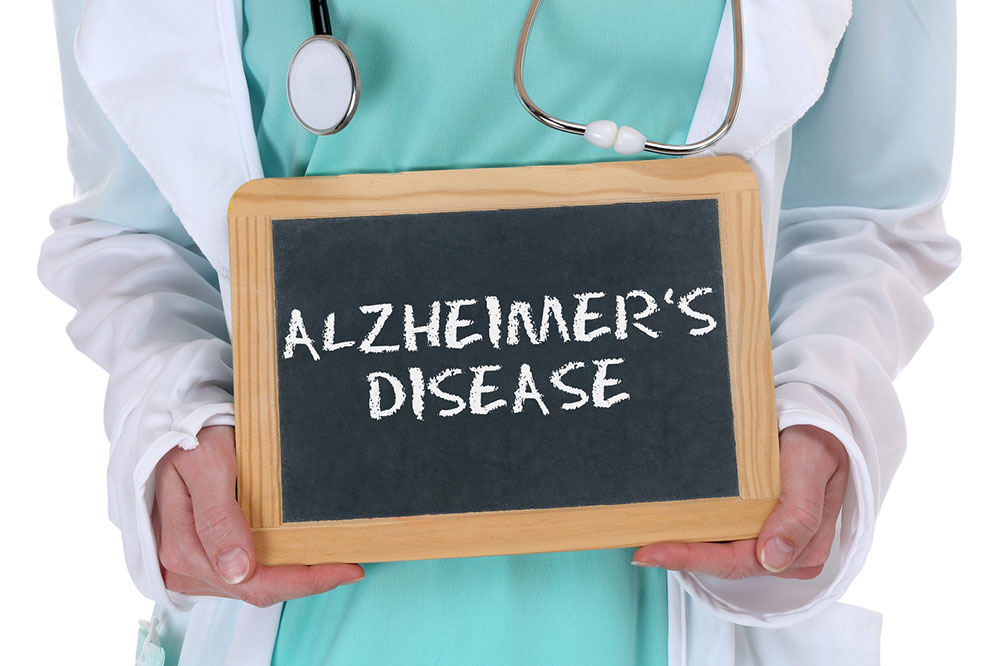Understanding Alzheimer’s disease
Alzheimer’s results in the unfortunate wasting away of brain cells, causing their premature death; it is a progressive ailment. It is the most common kind of dementia, wherein a person’s social skills, behavior, and thinking capabilities decline, disrupting their ability of independent functioning.
The earliest signs of this disorder may be forgetfulness with severe memory loss as the disease progresses. Here are the common symptoms of Alzheimer’s disease:
Memory loss
- Repeating questions and statements
- Difficulty in finding words to identify objects, participate in conversations, or express thoughts
- Forgetting events, appointments, and conversations
- Forgetting family members’ names and common objects
- Getting lost in known places
- Misplacing things
Thinking and reasoning
- Losing the ability to make reasonable judgments and decisions
- Making uncharacteristic or poor choices in social gatherings
- Difficulty in responding to everyday situations
Planning and performance
- Routine activities, such as cooking or planning becomes difficult
- Advanced stage patients may not be able to perform basic tasks, such as bathing or dressing
Personality and behavioral changes
- Delusions
- Depression
- Loss of inhibitions
- Apathy
- Wandering
- Mood swings
- Modified sleeping habits
- Social withdrawal
- Aggression and irritation
- Distrust in others

The patient’s brain changes due to Alzheimer’s disease. The brain becomes smaller as the disease progresses with lesser healthy brain cells. The brain forms two kinds of flaws, which are neurofibrillary tangles and beta-amyloid plaques. This damages the healthy cells, resulting in their death and shrinking of the brain.
- Beta-amyloid plaques
These are leftover fragments of a larger protein. Clustering of these fragments has a toxic effect on the neurons, disrupting intercellular communication. These clusters additionally form larger deposits (amyloid plaques) that include other cell debris. - Neurofibrillary tangles
Tau proteins are an important internal support and transport system in neurons for carrying nutrients.
Brain cells affected with disorder produce lesser quantities of neurotransmitters, which are used for sending messages.
Listed below are some causes of this disorder:
- The risk of getting Alzheimer’s disease increases as a person ages, especially, above 65 years.
- Generally, women are more susceptible to this disorder than men, primarily because life expectancy is longer in females than in males.
- If a person has a first-degree family history (parent or sibling) of Alzheimer’s, there is a higher possibility of them having the disorder.
- Several individuals with Down syndrome show signs of Alzheimer’s often at an earlier age, during their 30s and 40s.
- A major head injury may also increase the possibility of this disorder.
- Inadequate sleep and poor sleep patterns also increase the chances of suffering from Alzheimer’s.
- Lifestyle issues, such as lack of exercise, type 2 diabetes, high cholesterol, hypertension, and smoking may also cause this disorder
- Mild cognitive impairment (MCI) results in the decline of memory and other thinking capabilities; these people are at a higher risk of suffering from dementia and Alzheimer’s
The onset of Alzheimer’s is primarily due to a combination of environmental, lifestyle, and genetic factors affecting the brain over the years.

